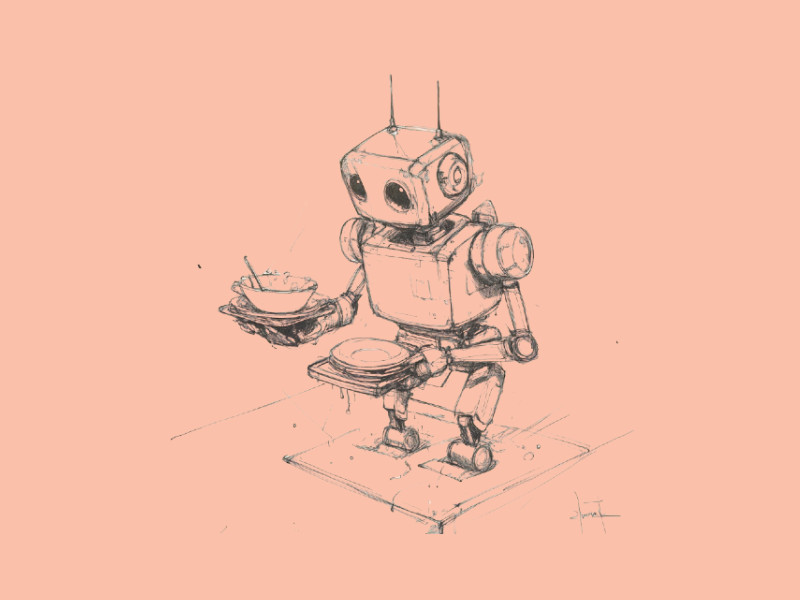Meta is making progress into the future of home automation with its latest research initiative, PARTNR. Announced on Friday, the program focuses on studying how humans and robots can collaborate in home environments to tackle everyday task
This includes things like cooking, cleaning, and even picking up food deliveries. This development marks another leap toward integrating intelligent robotics into daily life, but can it finally deliver the futuristic home assistance we’ve long imagined?
The Dream of Household Robotics
For decades, the idea of robots handling household chores has been a staple of science fiction. Think of Rosie, the beloved robotic maid from ‘The Jetsons’, which set expectations sky-high for what home automation could become. Yet, despite significant advancements in AI and robotics, we are still far from that dream.
So far, only robotic vacuum cleaners have managed to gain widespread adoption. The challenges? High costs, limited functionality, and reliability issues. Even the best robotic vacuum still needs occasional human intervention. This is why Meta launched the PARTNR project so robots and humans can work together. This is a deviation from expecting robots to fully replace human effort.
How PARTNR is Changing the Game
Meta’s PARTNR initiative aims to push human-robot interaction (HRI) research forward. Providing both a benchmark and dataset that allow AI systems to better understand household tasks is what makes the difference. Here’s what the program brings to the table:
- 100,000 task benchmarks: These include everyday chores like organizing toys, washing dishes, and managing clutter.
- A large-scale training dataset: Consisting of human demonstrations in simulated environments to refine AI models.
- Simulation-first approach: AI can learn thousands of tasks in a fraction of the time it would take in a physical setting.
- Real-world deployment testing: Meta has already integrated PARTNR into tests with Boston Dynamics’ Spot robot.
Why Home Robots Have Struggled to Break Through
- High costs: Advanced robots are expensive and this limits accessibility for the average consumer.
- Limited skill sets: Robots struggle with complex, multi-step tasks like cooking a meal from scratch.
- Reliability concerns: AI models still have difficulty adapting to unpredictable home environments.
- User resistance: Many people are hesitant to bring robots into their personal spaces.
Also read: OpenAI Plans to Build Robots for Real-World Applications
A Look at Real World Applications
Meta is not the only company working on robotics for daily living. Other innovations show the industry is moving in a similar direction:
| Company | Robot | Function |
| iRobot | Roomba | Vacuum cleaning |
| Labrador Systems | Assistive Cart | Helps elderly individuals with daily tasks |
| Boston Dynamics | Spot | Versatile robotic assistant |
| Tesla | Optimus | Humanoid robot for general tasks |
For example, Labrador Systems’ automated serving cart is already making waves in elder care by helping seniors maintain independence.
Meanwhile, Tesla’s Optimus and other humanoid robots aim to take on a broader range of household responsibilities. But affordability and reliability remain challenges.
The Future of Human-Robot Collaboration
Meta envisions robots becoming trusted partners rather than just tools. Future developments could include:
- Mixed-reality interfaces: Allowing users to see how robots make decisionse.
- AI-driven task learning: Robots that continuously improve by observing human behavior.
- Enhanced adaptability: Machines capable of handling a wider variety of household tasks with minimal guidance.
With major companies like Meta, Tesla, and Boston Dynamics pushing boundaries, we may not be far from the future we want. A future where intelligent robots become standard fixtures in our homes.

